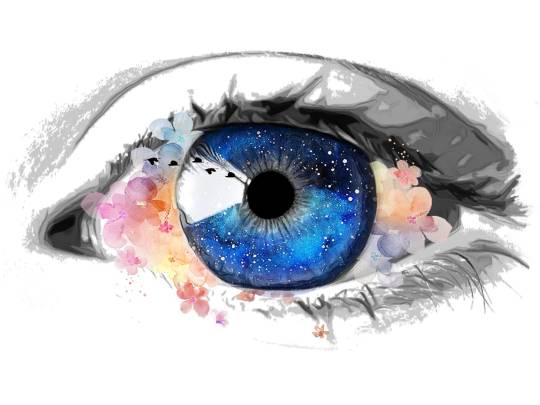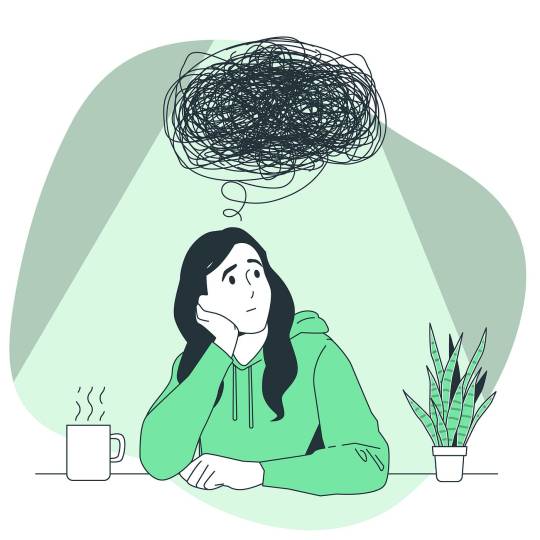Hi! My name is James, I’m 17. This is my blog which I made to help people suffering with Body Dysmorphic Disorder (BDD). I am not a medical professional but I am someone who has suffered a lot with BDD themselves, and who is extremely motivated to try and help others who have it too.
Don't wanna be here? Send us removal request.
Text
Wearing Makeup for my BDD: My Experience (I'm a guy btw)
So this was an absolute game-changer for me, but it was also something I didn't even consider as a potential option until about 4 years into my BDD.
When I look back, I find it really surprising I didn't at all consider it, but by the chance I'm not an outlier, I'd like to make other men aware that this is something they can consider.
On the website dermnetnz.org on the Cosmetic camouflage page, it says this:
'Cosmetic camouflage has been shown to improve the quality of life significantly. It improves patient self-esteem and creates a sense of personal well-being.'
This is when I first had the notion that this was something I could try, and I haven't looked back since.
At least for me, getting my skin to look initially better was really not much effort and surprisingly not one person noticed I had anything on my face.
However I am still getting better and better at using it. I recommend allowing yourself some time to learn how to do it before giving up on it, as does DermNet: 'It may take some practice to achieve a satisfactory final appearance.'
Also I highly recommend dermnetnz.org. It's a reputable, non-profit dermatology resource with guides for people with any kind of skin-related questions, and it was recommended to me by my Doctor.
And if you'd like confirmation that this can be effective treatment for BDD, see this video, a video brought to my attention by @[email protected] (thank you Sora!) which is made by the BDD Foundation (a reputable BDD support charity). And here is a screenshot of the part of the video with the confirmation:

Thanks for reading, and I hope this might be of use to someone :)
#mental health#bdd#body dysmorphia#body dysmorphic disorder#self care#self help#body image#self healing#experience
2 notes
·
View notes
Text
Do I have Body Dysmorphia? (how to tell if you have BDD)

Artwork by DanielHannah
Close your eyes for a moment.
Now picture yourself…
What do you see?
What are the details that stand out in this picture of yourself?
What feelings go with this picture?
…
Now open your eyes.
If you saw details that you feel are highly dissatisfactory, or you felt a strong negative sensation such as an almost burning or heaviness, then you might have Body Dysmorphic Disorder (BDD).
What am I supposed to do about this?
Well as you probably might have guessed- it’s a little complicated.
Truthfully, the material focus of your BDD is usually seen by others as insignificant or even imperceptible. But BDD is not based in reality, so nevertheless, we often choose to try and “fix” our appearances’.
About Cosmetic Enhancement
Now if a “fix” can be made then that’s ok. But hold on one second before you go and book your £10,000 surgery- ‘if it can be made’. By this I mean that the “fix” you’re trying to make should create an obvious improvement to your appearance.
You should always speak to a qualified medical professional first before getting a procedure done because they will be able to tell you if this aspect of your appearance can or can’t be improved.
This is extremely important because these procedures have the potential to worsen your appearance, and then in turn, your mental health.
And just to note, the same advice goes for people thinking of taking steroids which can additionally cause lasting damage to your body.
An obvious example of a good “fix” is makeup. For example wearing concealer to cover up scars or acne often offers a marked benefit to people suffering with BDD.
Fixing negative thought processes

Image by storyset on Freepik
Here is what most helps people deal with BDD.
Fixing negative thought processes targets the actual problem in people with body dysmorphia: Body Image.
Body Image refers to your perception of your body. In people with BDD, this perception often has a strong negative skew, which is inaccurate and extremely unrepresentative of their actual physical appearance.
This is the problem that fixing negative thought processes specifically targets, and the problem of which the most popular therapy techniques are designed around.
How do I start fixing negative thought processes?
Thankfully, there are a bunch of ways you can start fixing your negative thought processes right now!
Here are some helpful free resources:
BDD Foundation — this contains tons of information about BDD. It ranges from information, support services, and others’ stories.
Building Body Acceptance by CCI — this contains a rich and complete workbook that guides you and helps you understand your BDD.
Body Dysmorphic Disorder Lemmy Community — this is an online forum space run by me (@[email protected] on lemmy) where you can talk about everything to do with BDD.
Dedicated self-help resources such as Building Body Acceptance as well as other reputable books use techniques created by psychologists that are medically reviewed and proven to be successful in helping people deal with BDD.
What if this doesn’t help me or I decide I want/need even more help?

Image by pikisuperstar on Freepik
If body dysmorphia is seriously affecting your life then the first step you should take is to speak to your doctor about it.
You may want to mention therapy or anti-depressants if you’re thinking about them, as well as any self-help materials you’ve tried if you’ve tried any.
Hopefully after speaking to your doctor you’ll have a treatment plan ready for the foreseeable future.
If you’re not satisfied with your doctor’s advice however, you can always refer yourself to a therapist to gain more insight into yourself, or if you want to talk to someone understanding for free then the BDD Foundation offers an email helpline specifically for body dysmorphia.
I’m experiencing thoughts of suicide or self-harm what do I do?
If you’re in this position, it’s important to speak to someone as soon as you can. You can contact a crisis hotline in your country by using this list.
Conclusion
If you’re someone suffering with BDD; I hope this article has given you a place to start.
Thank you for reading, and remember to be kind to yourself!
Sources
I am not a medical professional, however this article has been written with the help of facts from reputable medical sources.
Here is each section of the article followed by the sources used in it:
(the introduction) — Building Body Acceptance — Module 1: Understanding Body Dysmorphic Disorder — Link — Archived Link (archive.org)
‘What am I supposed to do about this?’ — Mayoclinic — Link — Archived Link № 1 (archive.org) — Archived Link № 2 (archive.today)
‘About Cosmetic Enhancement’ — BDD Foundation Youtube Channel — Link — Archived Link (archive.org)
‘Fixing negative thought processes’ — Building Body Acceptance — Module 1: Understanding Body Dysmorphic Disorder — Link — Archived Link (archive.org), Mind — Link — Archived Link № 1 (archive.org) — Archived Link № 2 (archive.today)
‘How do I start fixing negative thought processes?’ — BDD Foundation — Self-help books for BDD — Link — Archived Link № 1 (archive.org) — Archived Link № 2 (archive.today)
‘What if this doesn’t help me or I decide I want/need even more help?’ — NHS — Link — Archived Link № 1 (archive.org) — Archived Link № 2 (archive.today), IMPORTANT NOTICE: Note that the advice suggesting to speak with your doctor about therapy & anti-depressants, as well as the advice on what to do if you’re unhappy with your doctor’s advice, is my own advice based on my personal experience and knowledge.
‘I’m experiencing thoughts of suicide or self-harm what do I do?’ — NHS — Link — Archived Link № 1 (archive.org) — Archived Link № 2 (archive.today)
‘Conclusion’ — N/A
#mental health#bdd#body dysmorphia#body dysmorphic disorder#body image#self help#self care#self healing
4 notes
·
View notes